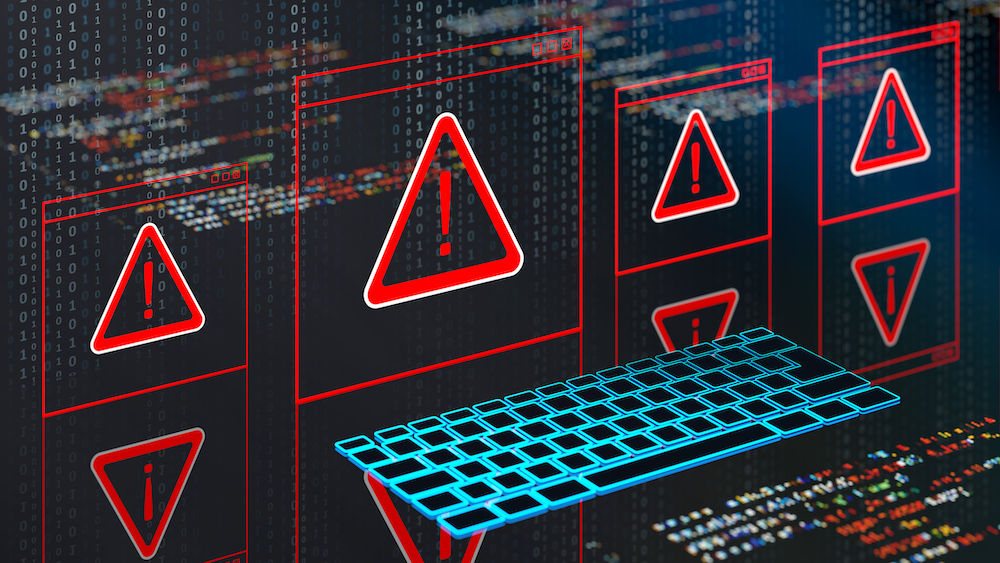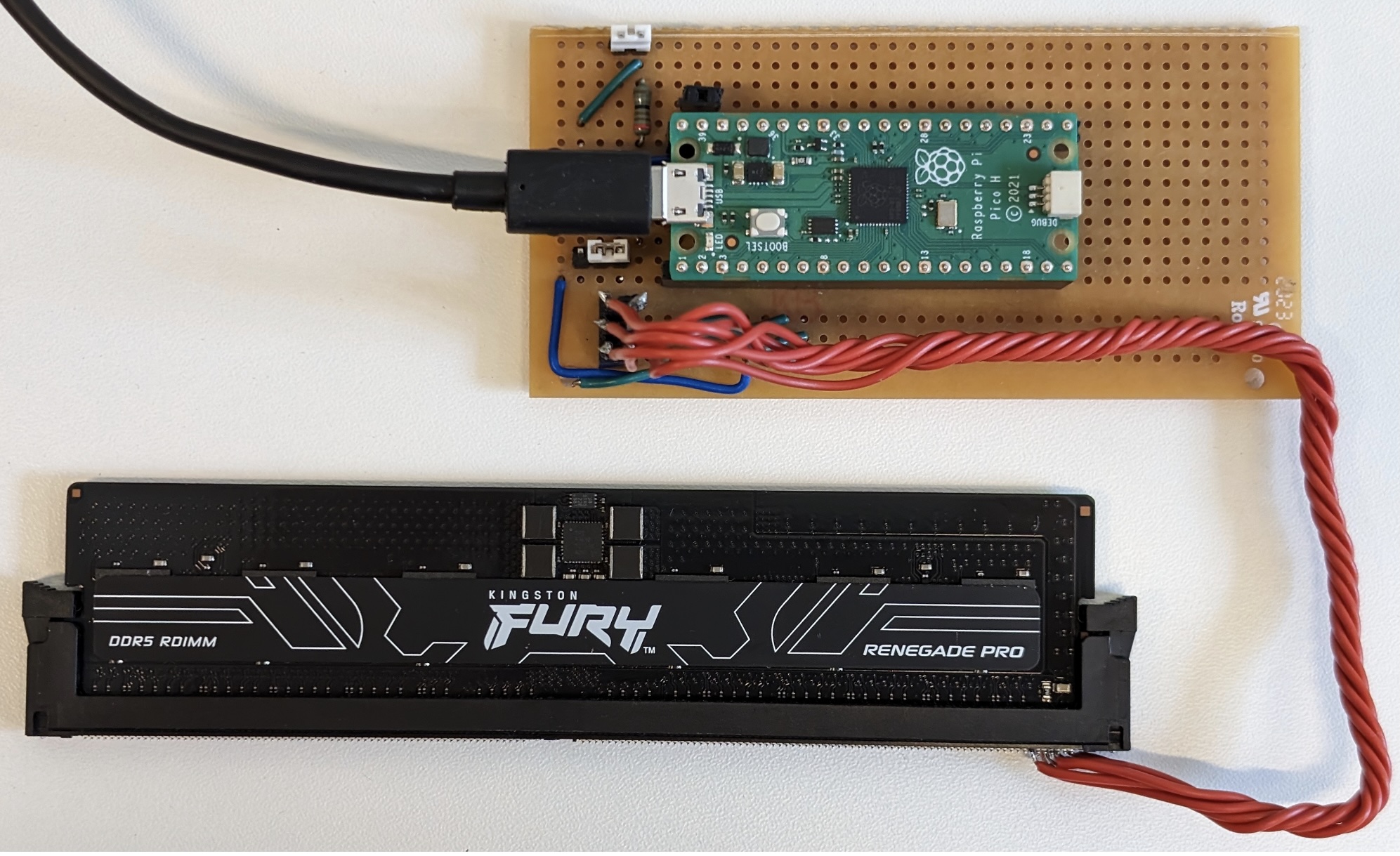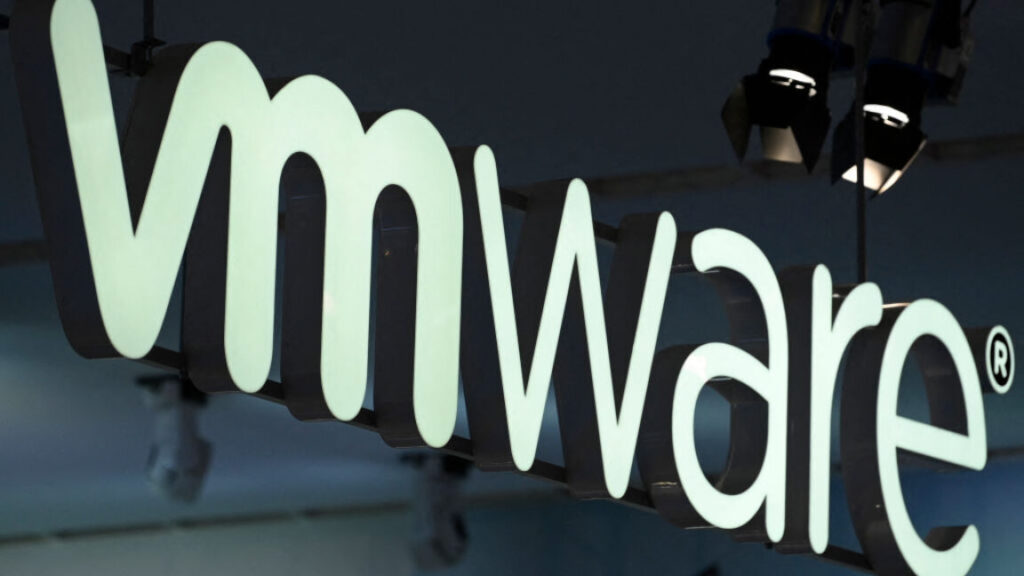Critical WordPress plugin vulnerability under active exploit threatens thousands
Thousands of sites running WordPress remain unpatched against a critical security flaw in a widely used plugin that was being actively exploited in attacks that allow for unauthenticated execution of malicious code, security researchers said.
The vulnerability, tracked as CVE-2024-11972, is found in Hunk Companion, a plugin that runs on 10,000 sites that use the WordPress content management system. The vulnerability, which carries a severity rating of 9.8 out of a possible 10, was patched earlier this week. At the time this post went live on Ars, figures provided on the Hunk Companion page indicated that less than 12 percent of users had installed the patch, meaning nearly 9,000 sites could be next to be targeted.
Significant, multifaceted threat
“This vulnerability represents a significant and multifaceted threat, targeting sites that use both a ThemeHunk theme and the Hunk Companion plugin,” Daniel Rodriguez, a researcher with WordPress security firm WP Scan, wrote. “With over 10,000 active installations, this exposed thousands of websites to anonymous, unauthenticated attacks capable of severely compromising their integrity.”
Rodriquez said WP Scan discovered the vulnerability while analyzing the compromise of a customer’s site. The firm found that the initial vector was CVE-2024-11972. The exploit allowed the hackers behind the attack to cause vulnerable sites to automatically navigate to wordpress.org and download WP Query Console, a plugin that hasn’t been updated in years.
Critical WordPress plugin vulnerability under active exploit threatens thousands Read More »













